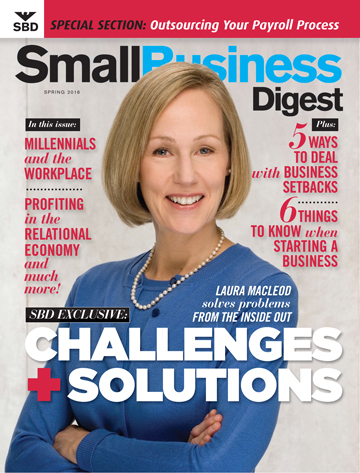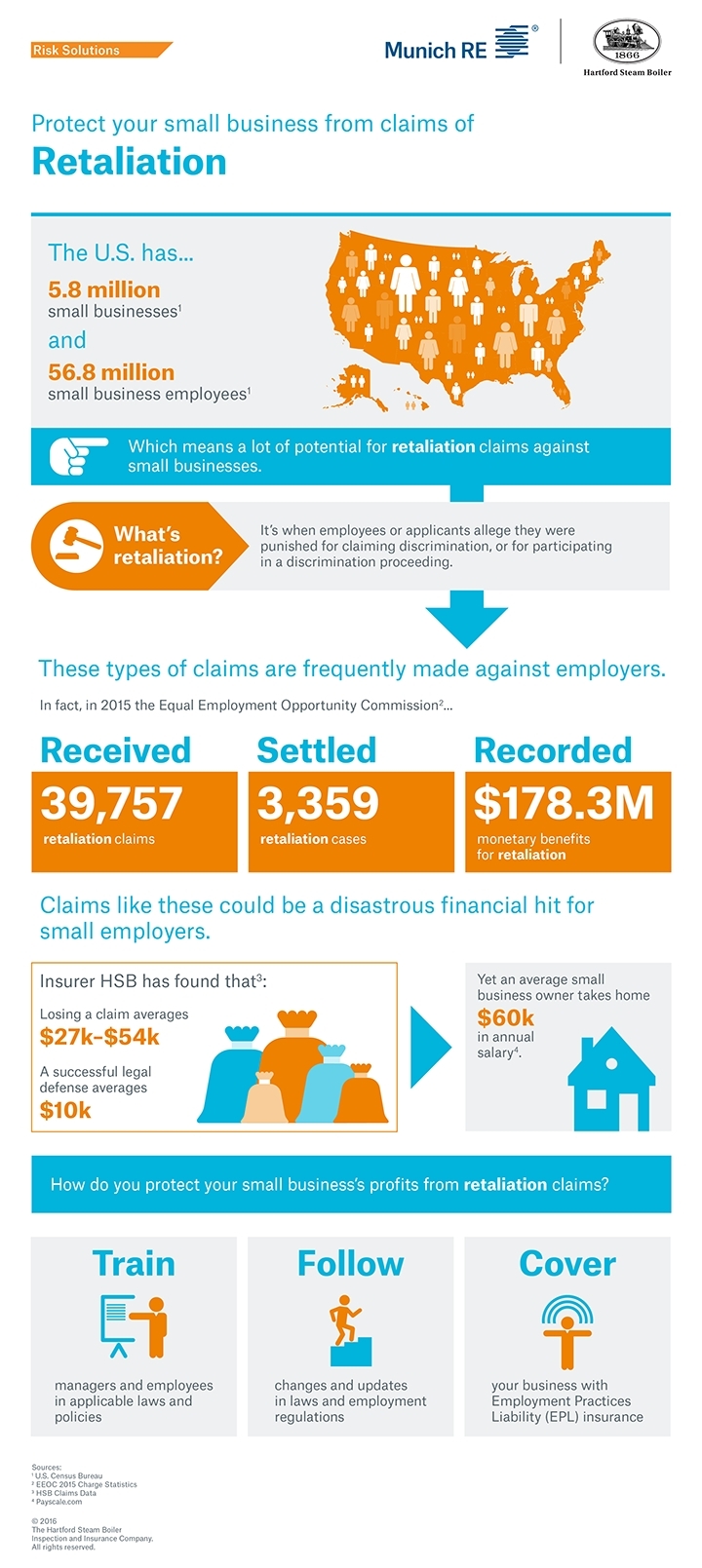Top 5 Bias Busters According to Specialists
Unconscious bias occurs automatically and is usually triggered by one’s brain making quick judgments or assessments of people and situations. These judgements are generally influenced by backgrounds, personal  experiences and cultural environment. By triggering an automatic response, everything that is seen and heard is quickly interpreted which assess people to function in a fast-paced world.
experiences and cultural environment. By triggering an automatic response, everything that is seen and heard is quickly interpreted which assess people to function in a fast-paced world.
In the realm of the employer-employee relationship, these biases can be a barrier to diversity and can have far-reaching implications on the success of individual employees and the company as a whole. The Co-Founders of SHIFT HR Compliance Training LLC, Katherin Nukk-Freeman Esq. and Suzanne Cerra Esq., use their employment law background to identify the Top Five Bias Busters that Human Resource Professionals can incorporate into every company culture to create an overall balanced work culture.
#1: Blind Resume Screening
- Studies show that removing names and addresses from candidates’ resumes can eliminate unconscious bias on gender, race, nationality and/or socioeconomic status. Large companies like Google are starting to use this tactic.
#2: Coordinate Focus Groups to Identify Unconscious Bias in Your Workplace
- Select a broad cross section of employees to insure all views are represented. This allows open discussion to raise awareness and identify solutions for unconscious bias so that it becomes woven into the fabric of corporate culture.
#3: Complete Unconscious Bias Training in Your Workforce
- A recent EEOC report on anti-harassment and discrimination training recommends that training should be thought-provoking and engaging. SHIFT HR Compliance Training LLC has developed an anti-harassment and discrimination training course that includes Unconscious Bias awareness. Unconscious Bias awareness training will help employees uncover their personal and cultural beliefs, which are the root causes of most harassment and discrimination complaints.
#4: Use Metrics to Identify Potential Bias in Hiring and Retention
- By measuring the percentages of diverse candidates who’ve applied, been offered jobs, accepted and have been successful after 6 months, one will be able to identify the strengths and weakness within your organization.
#5: Use Stereotype-Busting Images in Your Company’s Internal and External Materials
- Make sure the company’s website, newsletters, marketing materials, ad campaigns, etc. are reflective of the diverse workforce that the organization is trying to achieve.




